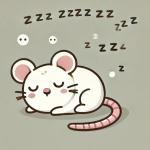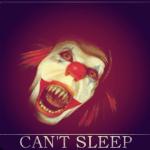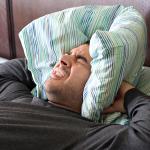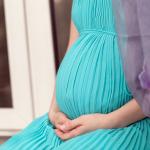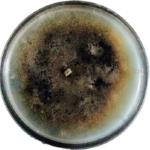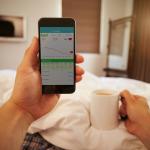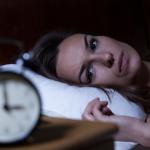insomnia
Hey, all of you drug-addled insomniacs out there. Haven't you had enough of the addictive poisons that big pharma has hooked you on?
Insomnia is a tricky subject. Those who suffer from the condition -- perhaps 10% of the population -- exhibit a wide variety of characteristics.
Most moms will tell you that the first and last months of pregnancy are the hardest.
Alternative medicine is like an "alternative fact." If it was real, then the word "alternative" wouldn't be necessary.
Check it out: the latest sleep device from Apple — the
Tossing and turning in bed all night long, it can feel as if you're the only person in the world unable to sleep. It may be a small comfort to learn, however, that you aren't the only one. Millions of other Americans also struggle to sleep.
